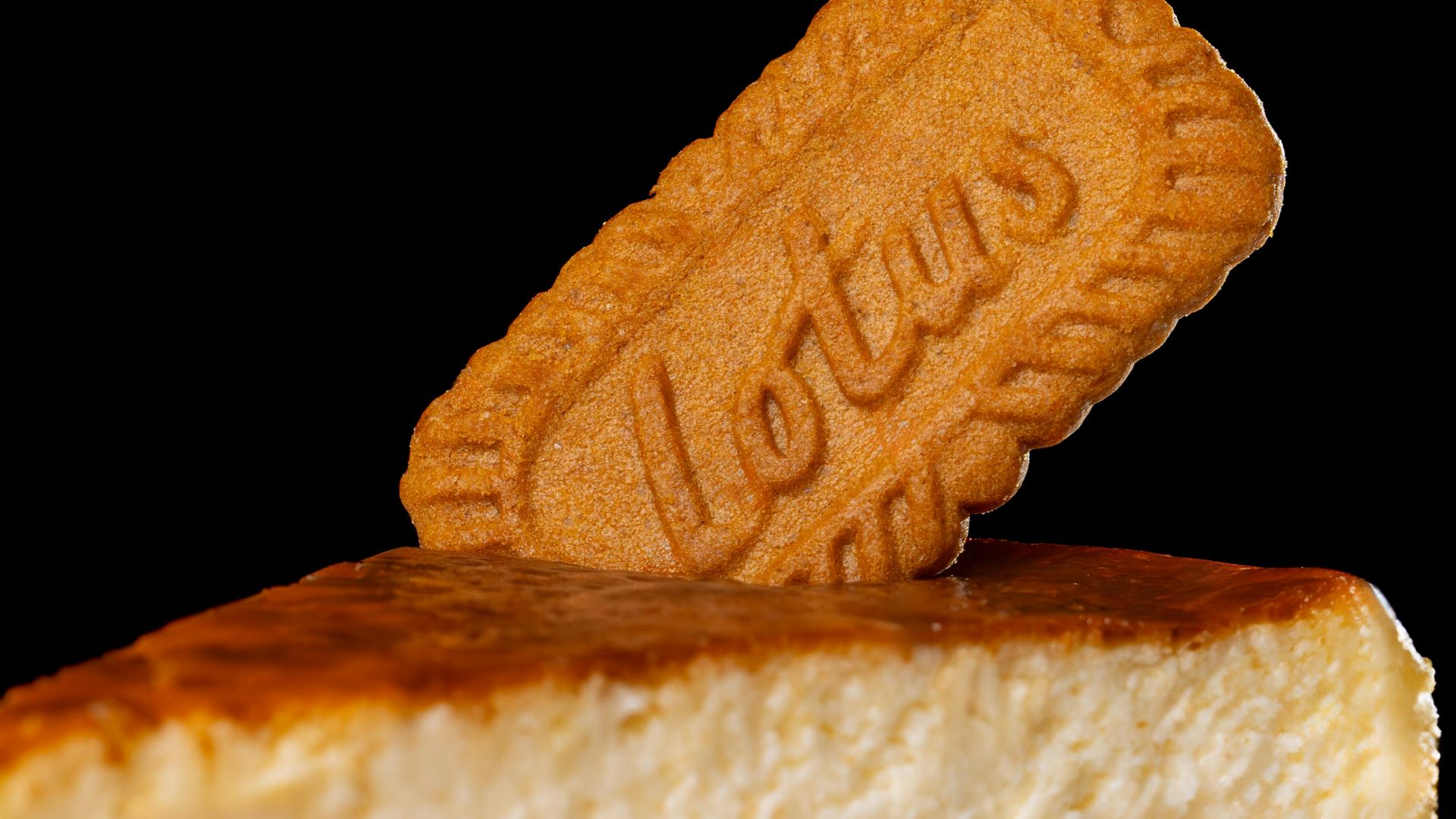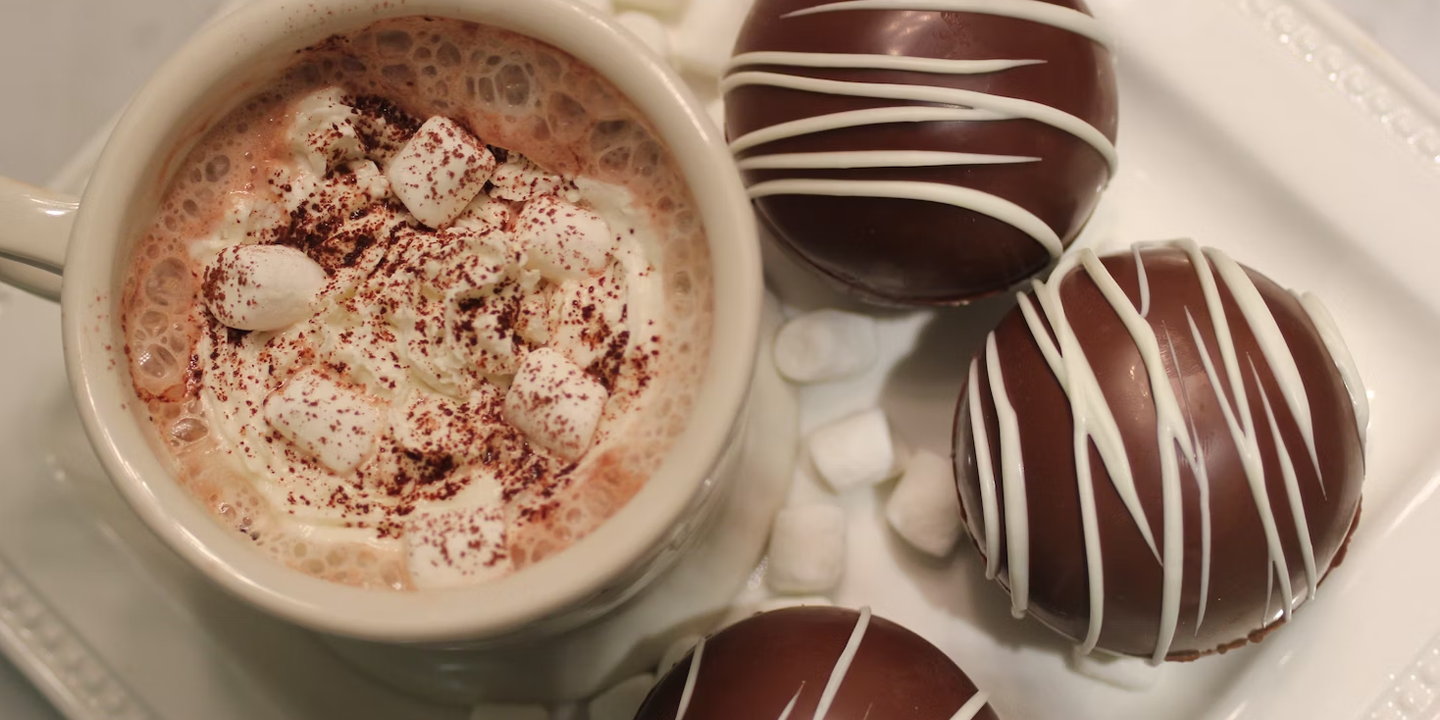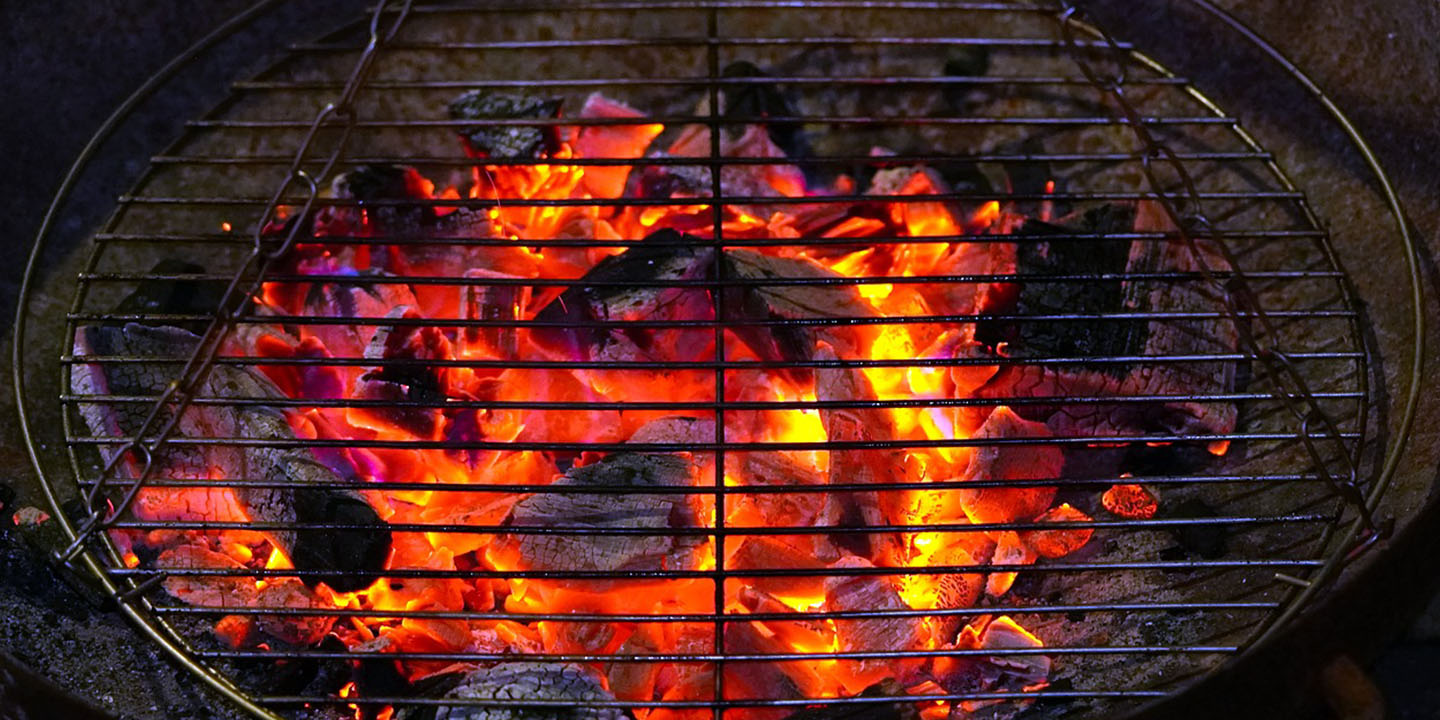If you've been outside recently, you've probably noticed that Biscoff cookies are everywhere. Biscoff coffee, Biscoff spread, Biscoff ice cream. Both McDonalds and Tim Hortons have announced collaborations with the cookie company that leave customers clamoring for more.
Matcha everything and Dubai chocolate have become old news, Biscoff is in. But how did we get here? How did an airplane cookie turn into a billion-dollar product? Let's dive into the history of the brand.
Humble Beginnings
Lotus Bakeries was founded 1932 by Belgian brothers Jan, Emiel, and Henri Boone. The Lotus name was chosen as it symbolized purity. However, the company wouldn't really take off for another two decades.
It was in the 1950s that Lotus began packaging their speculoos biscuits individually. Speculoos is a type of cinnamon spiced cookie popular in Belgium and the Netherlands. Traditionally, speculoos were eaten around Sinterklaas Day (December 6).
This simple, spiced cookie is the natural accompaniment for coffee and other hot beverages. The name Biscoff is a portmanteau of "biscuit" and "coffee". Biscoff's branding was made official in1986.
From then on, Biscoff became a staple in European coffee shops and international flights. A Biscoff spread was introduced in 2007 to compete with Nutella. The first stateside factory opened in 2019, giving more people the opportunity to experience Biscoff outside of flights.
Biscoff's delicious taste isn't solely to thank for its success. The association with air travel and all the glamor surrounding it (even if you're crammed onto a Delta Airlines flight) adds some exclusivity to these cookies. Biscoff isn't something you buy, it's something you are given.
In short, Biscoff is an affordable product that feels more expensive than it is.
From Airplane Treat To International Phenomenon
The rest of its success comes down, like so many other trends, to virality. Biscoff was already a recognized brand when it took off on TikTok. This was helped by collaborations with other mega-popular brands such as Krispy Kreme, KitKat and McDonalds.
Not only does Lotus take advantage of brand sponsorships, but they're just plain good in the marketing. Biscoff products are most popular in the colder months, when people drink more coffee and want something to pair it with. In this way, Biscoff's seasonal branding isn't much different from pumpkin spice.
Biscoff also capitalizes on holidays. Not only do people need something to snack on as they travel, but nobody wants to show up at their loved ones' place empty-handed. Some of the more recent supermarket pop-ups have been for Diwali and Ramadan.
What salted caramel was to the 2010s, Biscoff is to the 2020s, emblematic of an era.
Additionally, the possibility of exploration has driven Biscoff's popularity. Part of the joy of cooking and baking is experimenting with flavor and form. Biscoff cheesecakes, espresso martinis, and even lasagnas—don't worry, it's closer to a tiramisu than a savory meal—are just some of the recipes fans have concocted.
Biscoff's cinnamon-caramel taste balances out sweeter flavors such as vanilla and chocolate. Its sturdy shape means that it has better structural integrity than, say, Oreos. Combine this with its satisfying crunch, and you have a recipe of success.
Speaking of Oreos, Lotus hopes to be the third-biggest cookie brand in the world, behind Chips Ahoy! and Oreo. Based on their current success, we don't think this is dreaming too big.
KEEP ON READING









